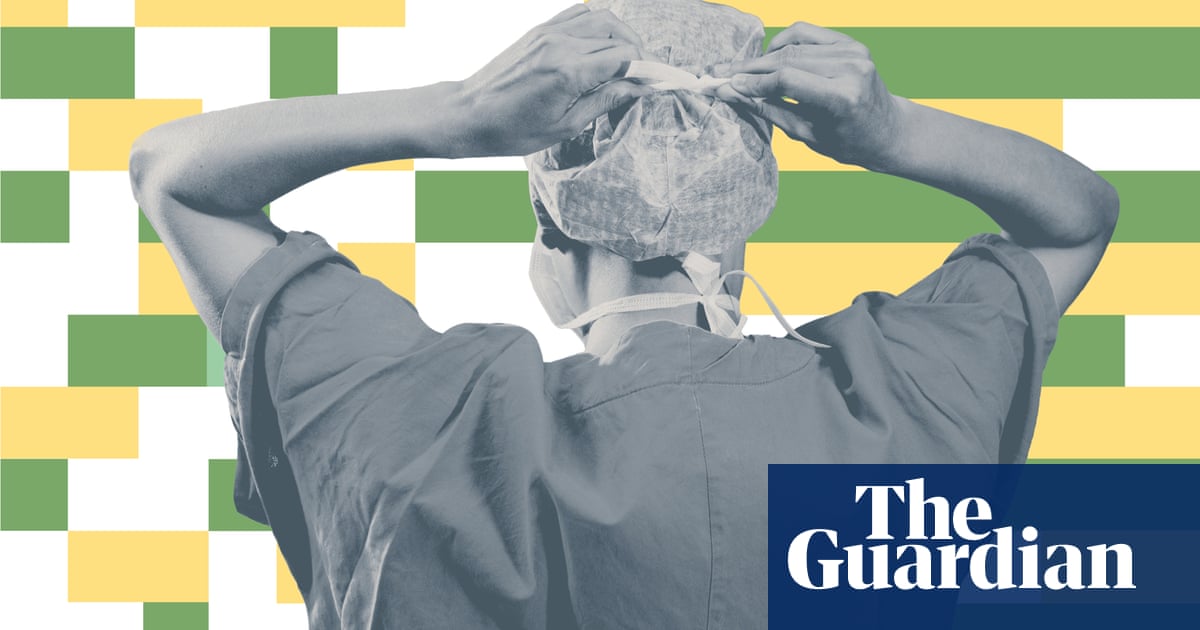
When I was a little girl, I cried a lot. I used to wish ferociously that I was not such a crybaby. I remember the shame so well. Sitting on my bed on a Sunday evening, hot-cheeked and furious with my tears, holding on to the thought that when I was a grownup, I would never cry. I would be a strong, confident and capable woman, and I would never again feel like a sobbing little girl who doesn’t want to go to school tomorrow and just wants to stay with her mum. I hated that part of myself and I desperately wanted to get rid of it. That is what a better life meant to me back then.
Since becoming a psychotherapist, I have seen this kind of wish at play in patient after patient – and I’ve continued to see it in myself as a patient in therapy, too. It seems to be a pretty ubiquitous desire, although we are not always aware of it: this wish and even belief that if we just try hard enough, if we can find the magic self-help book or therapist or personal trainer or Instagram filter, we will truly be able to get rid of the parts of ourselves we feel ashamed of, or hate, or don’t want to acknowledge.
If you don’t recognise this in yourself, you might think of what really annoys you in your friends and family and colleagues: what is it about the way they are and the things they do that really gets under your skin? It probably irritates you so much because, unconsciously, it reminds you of yourself.
It could be a vulnerability that a person thinks of as a weakness to be outgrown, like me and my crybaby. It could be a traumatic experience or experiences, like a car accident or abuse, that they wish had never happened and unconsciously believe they can make unhappen, so that they can go back to the person they used to be. Or it could be a sense of being in need that they wish to deny altogether, perhaps by becoming totally self-sufficient, or by making sure that they are always the one caring for everyone else in their lives, never allowing anyone else to care for them.
A patient could bring any one of these – but often, it’s all three, and there is an expectation that I as their therapist will help them to somehow cut out these bad parts and banish them for ever. This wish often sits outside their conscious awareness, and will not be shared with me directly, but communicated through, say, a dream, in which I might appear, for example, as a surgeon with a scalpel.
It is a powerful fantasy, that we can excise all our vulnerability, trauma, need and dependency, that we will then be perfectly healed, stronger than before. It is also a very dangerous one. If we take the fantasy at face value, in all its concreteness, and we follow it through, we end up with lobotomies. In the first half of the 20th century, many neurologists believed that surgically removing part of the brain, or using a sharp instrument to cut the connections inside it, could heal their patients.
What I have learned from my patients, and from my own therapy, is that this cruel rejection of vulnerability is the opposite of strength. It is the opposite of repairing and growing, and it leaves us impoverished, neglected. My patients have shown me again and again that a better life is not one in which a person feels that they have successfully dispatched their sensitivities, that they are entirely self-sufficient and that they have never had any difficult or painful experiences.
If therapy has been meaningful, if it has been useful, a patient leaves more deeply connected to these parts of themselves. They have begun to mourn the terrible losses they had been trying to avoid, to understand why they are the way they are and why they have been doing the things they have been doing. They feel able to carry their painful experiences and feelings at once more lightly and more firmly, as a more integrated person who can feel genuine care – at times, at least – towards the parts of themselves they used to want to get rid of. Better mental health is about repairing internal connections, not cutting them.
This is what it means to grow, says Gianna Williams, a child, adolescent and adult psychoanalyst. “We are like trees,” she once told me. In the cross-section of a trunk, she explained, you find all the rings that mark the history of that tree, from the smallest ring from its earliest days at its core, through to the biggest most recent ring under the bark. We all still contain a baby part, a child part, an adolescent part – we cannot get rid of them. When we try, I believe it leaves us as empty as a hollowed-out tree trunk. In therapy, she said, “I think we’re always finding the infant, the young child, the adolescent in the patient. Like the circles in a tree, they’re all there.”
More than 30 years have passed since I sat on my bed and wished my tears away. But the memory came back to me recently. It was the Sunday night before my daughter’s first day at nursery. I felt so raw and vulnerable, quite desperate, and I was fighting back my tears. And the thought came into my mind: where is my mother to take us both to nursery tomorrow? That little girl is not going anywhere, as much as at times I wish she would.












